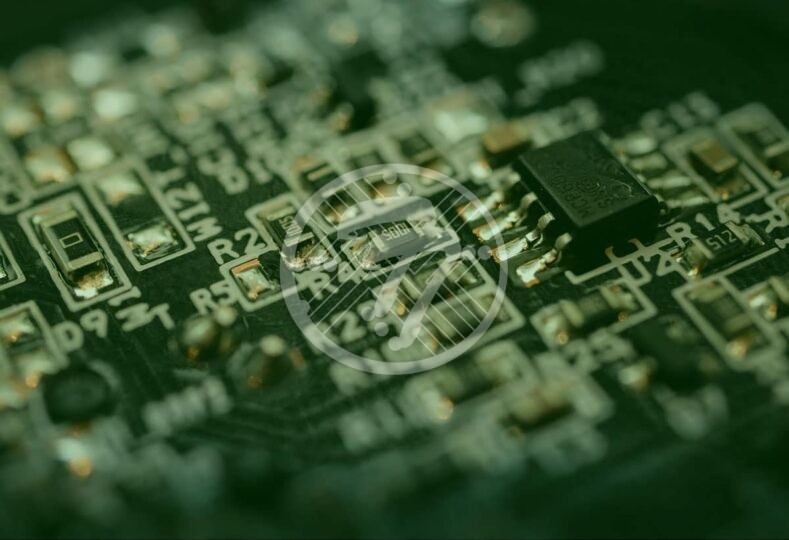Solder Bridging Issues, Causes and Recommendations during PCB Assembly

With smaller and more compact electronic appliances here to stay, one problem that is increasingly being faced by manufacturers is to do with solder bridging. A common defect, as it name suggests, it occurs when solder flows between the connectors, causing a bridge. With two points in a circuit board that are not meant to be connected, being connected by solder, an electrical short can result, which in turn can create havoc.
Bridging can occur in different stages of the PCB manufacturing process. Some of the common causes of bridging include:
- A poorly designed PCB where the large components are placed on one side and therefore there is an issue of unequal weight distribution
- Lack of proper orientation of components
- Lack of enough space between pads
- Setting of the reflow oven
- Placement pressure of a component, and several other causes
Some of the commonly known Soldering Bridging issues include:
- Tombstone- This refers to a condition where a component is lifted up during wave soldering and resembles a tombstone. This is often caused on account of having an incorrect lead length or using components that have different solderability requirements.
- Excess Solder- As the name suggests, this results from an excess build up of solder. This could be on account of a fast conveyor belt or an incorrect lead length to pad ratio.
- Solder Balling- This is a result of solder attaching itself to the Printed Circuit Board during wave soldering. Solder balling can result on account of the temperature being too high or on account of the solder splashing back onto the board.
- De-wetting and non-wetting- De-wetting refers to when the molten solder covers a pad and retreats, leaving behind a mound of solder. Non-wetting on the other hand refers to the solder leaving behind exposed copper. This is often on account of the fact that the flux needs to be changed or that the brass components haven’t been plated well.
- Lifted Pads- This is known to occur when a soldered component needs to be removed and results in the pad being lifted from the PCB. Lifted pads are often a result of an overworked pad joint or even an uneven layer of copper plating.
- Pin holes and blow holes- These are caused on account of excess moisture in the board or even poor copper plating.
Irrespective of what solder bridging is on account of, the fact is that it can pose a host of problems. While we cannot ensure that solder bridging never occurs, there are certainly some key measures that can be taken to reduce the risk of soldering significantly. Check out the complete guide on how Solder Bridges becoming a major challenge during PCB assembly.
Here are some handy tips to reduce solder bridging:
1) Printed Circuit board design.
A close look at the circuit board design can be an effective step in reducing bridging. Common areas to watch out for include adjusting the aperture width or looking at area ratios. Often adding solder mask dams can also arrest bridging
2) Reflow profile.
Broadly speaking, liquid solder tends to flow towards warmer surfaces. If leads are warmer than the pads, that is where the solder heads first. To change this, it will work if the soak time is increased. What this will do is that it will equalize temperatures.
3) Off-contact solder paste printing.
This can be prevented by changing the stencil as well as the board design so that there is no off contact printing.
4) Solder paste volume
Bridging can also be reduced by reducing the solder paste volume. Using components with increased leads also goes a long way in not allowing the solder to flow between the leads.
5) Solder masking
Proper application of solder mask goes a long way in reducing the risk of solder bridging
6) Correct lead lengths
Long leads with through-hole components often lead to soldering bridge. What needs to be done, therefore, is to use correct lead lengths depending on the size & thickness of PCB, type of soldering etc.
7) Fiducials
Fiducials or precisely designed markers that are put into the PCB design can go a long way in aligning the components on the board. Typically three marks are recommended. Poorly placed marks can lead to improper alignment of parts, which in turn can lead to solder bridges.
While you may not be able to control the manufacturing process what you can definitely control is the choice of a partner that has enough experience and hence can take the necessary measures to control solder bridging. Armed with the knowledge of how solder bridging can be prevented, you could ask the PCB Assembly House, pointed questions about their process, board design, reflow profile and more so that you are sure about their expertise in stemming the issue of solder bridging.
Technotronix offer high quality and defect free PCB Assembly and PCB manufacturing services as per customer specification. We also offering dedicated SMT PCB Assembly, Prototype PCB Assembly, Led PCB Assembly, Overseas PCB Assembly, Mastering Mixed PCB Assembly and more services as per customer requirements and specification. To know more, please explore our PCB Assembly!






